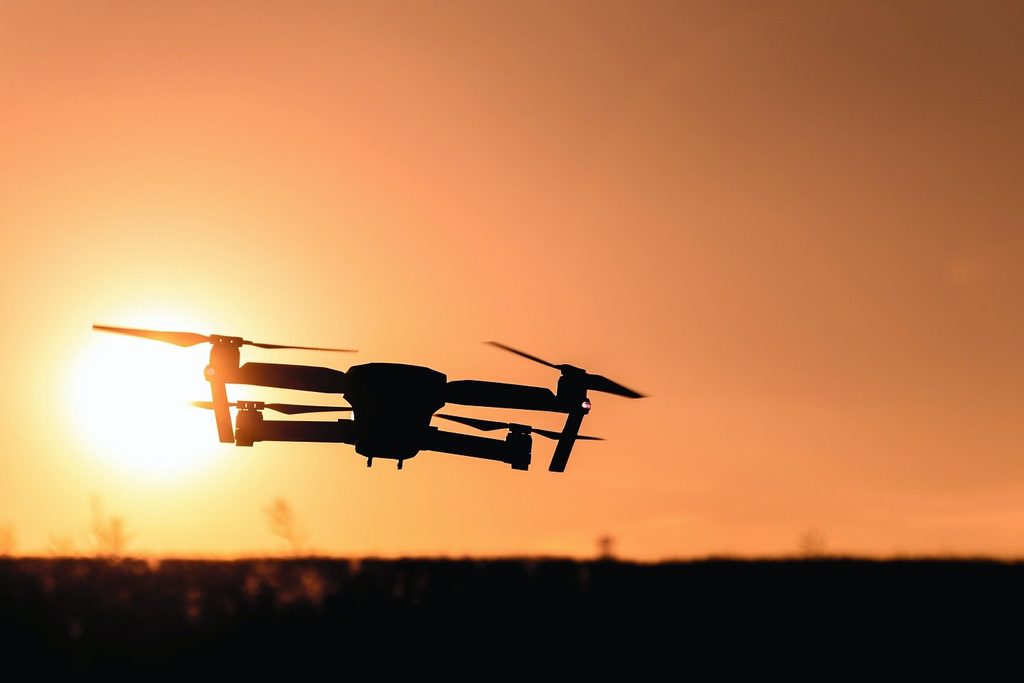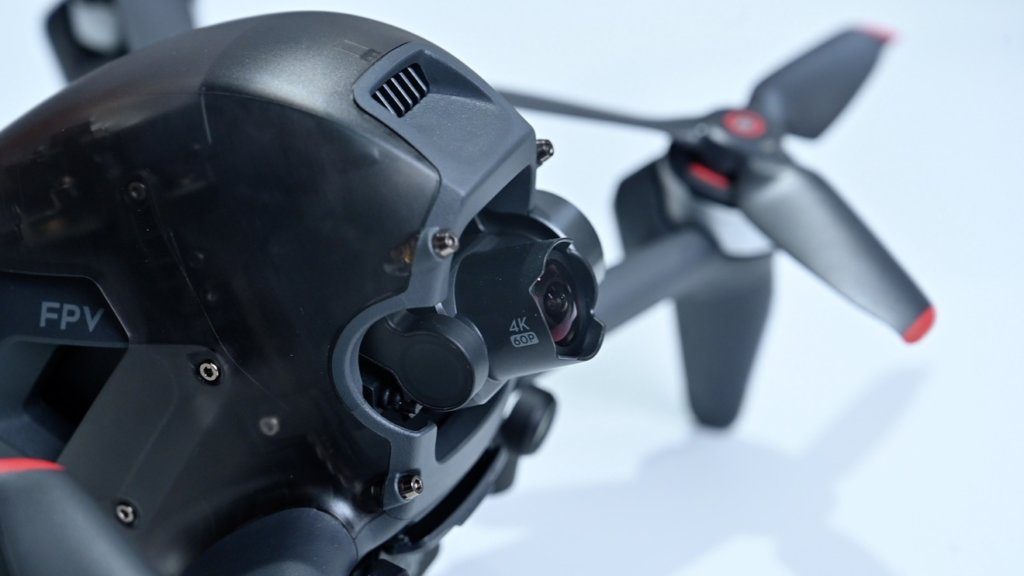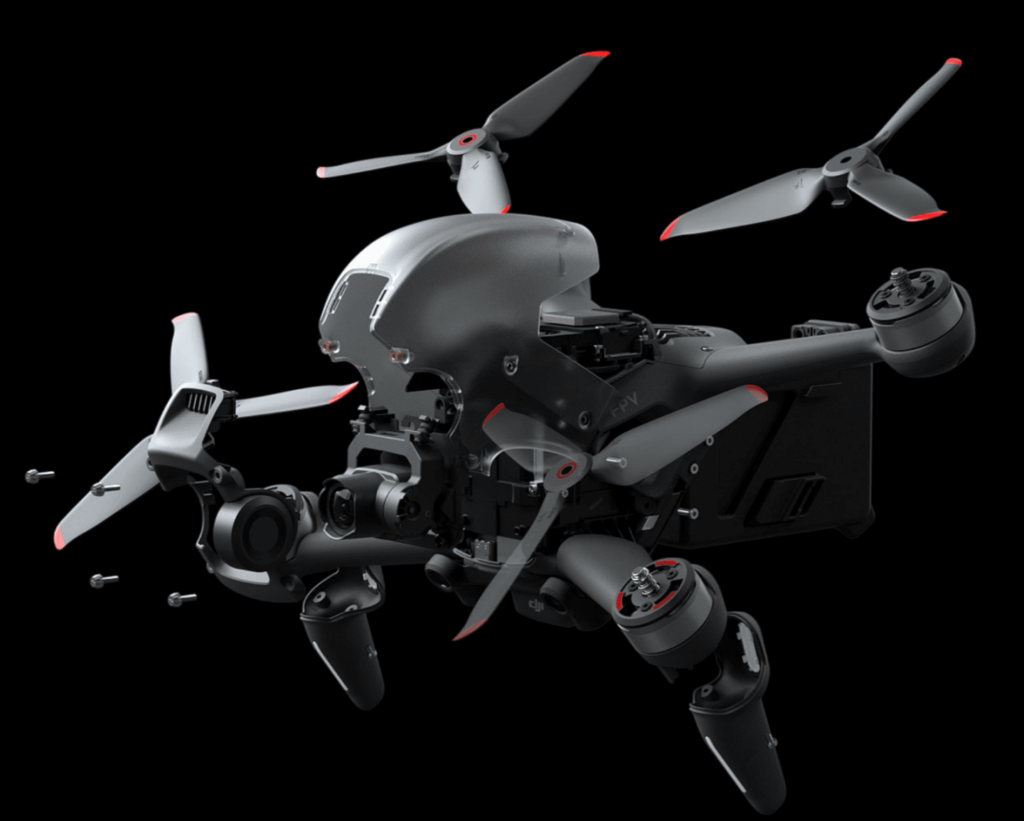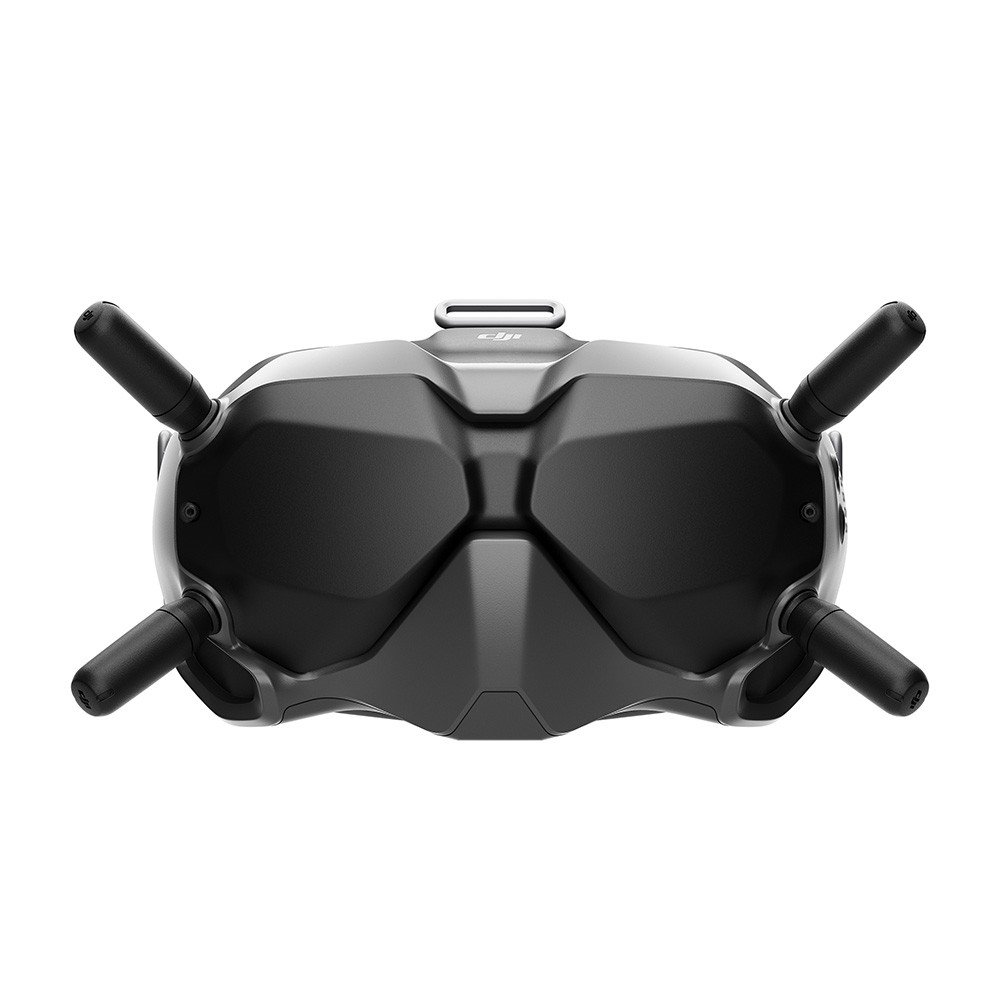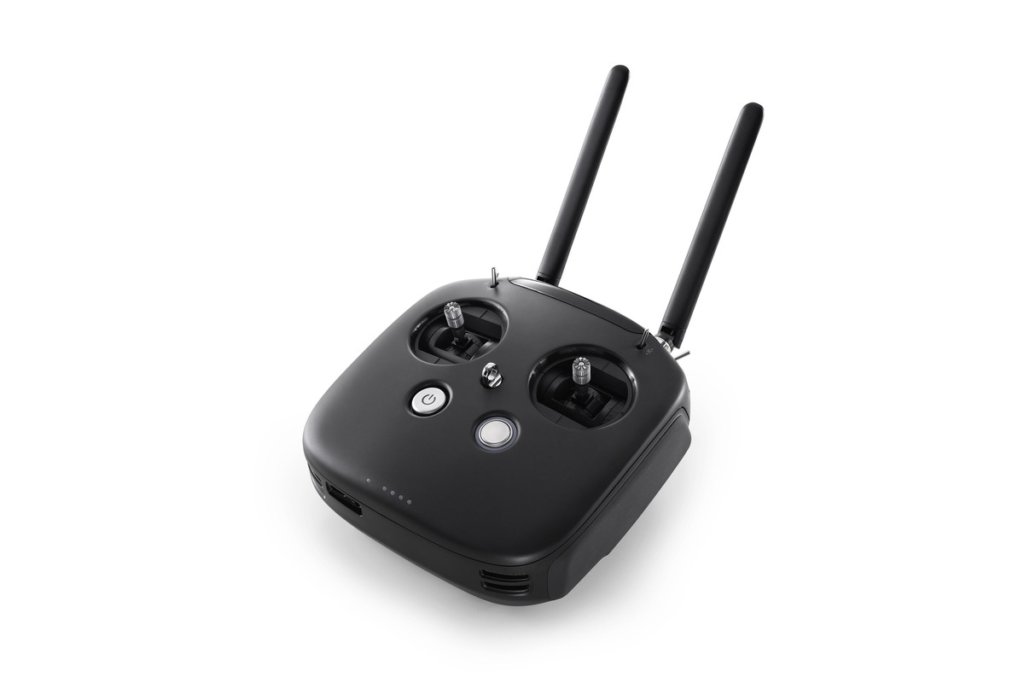Looking back over the years, the development and use of drones (also called unmanned aerial vehicles (UAV’s)) has changed dramatically. The first real drone was based on designs by Nikola Tesla and controlled by radio controls, similar to the drones of today. However, since then, drones have progressed in both design and use.
Drones have been used in modern warfare for the purpose of tactical reconnaissance, intelligence reporting and even to act as decoys when necessary. Although they have been used a great deal in war, they have also grown in popularity among the commercial and private sectors.
While they were originally designed for the war and aerospace industries, these nifty yet versatile UAV’s are fast becoming one of the more sought after gadgets of our time.
Drones are being used to replant forests, in rescue operations, to deliver medical supplies to people in hard to reach areas and, better known, by photographers and journalists.
Even though there are many different kinds of drones, today we will be focusing on just one — the DJI FPV. Although this drone is not the cheapest of innovations, it is well worth the investment, especially if you’re a drone enthusiast. It may come with a slightly larger price tag but the capabilities and the experience of flying it more than make up for it.
The Art of Flying
With the announcement of their new drone for 2021, DJI have upped the ante and brought a new dimension to the art of drone flying. With its beautifully sleek design and aerodynamic features, the FPV is built for speed and will bring about a redefinition to the meaning and art of flying.
Unlike most other drones, this drone is not flown via visual line of sight (VLOS) or by watching on your smart phone screen, but rather with a pair of goggles. These goggles allow you to see exactly what the drone sees and give a first-person view similar to that which a virtual reality experience would give.
To improve flying and prevent mishaps from occurring, DJI has designed their FPV drone with several front-facing sensors and also downward-facing sensors that will monitor elevation, the location of the ground and also what lies ahead. This helps enormously in aiding obstacle avoidance, which is something which most other drones do not have.
The DJI FPV is fitted with LED light bars all over which makes it easier to see but it also lets you know when it is active and also what it is doing. It delivers exceptional propulsion, going from a standstill to sixty miles per hour in two seconds flat. As it is a racing drone, we expect it to go fast … and it sure does, clocking up to eighty-seven miles per hour.
The FPV has got four propeller arms which, unlike some other drones, do not fold in. Each arm is equipped with a three-blade propeller. While this does make it a bit noisier than other drones, it is what gives it the added racing speed and makes it such a unique drone.
There are three different flight modes — namely Normal mode (N), Sport mode (S) and then Manual mode (M). When in N mode, the front-facing and bottom sensors are both actively in use, however, when you switch to S or M mode, the front-facing sensors are disabled. Even though they are disabled, they still alert you in the goggles when there is an approaching obstacle.
One of the handiest features of the DJI FPV is that it comes with an emergency break and hover button. So if you find yourself needing to stop for a second and take stock, you just press that button and your drone will stop mid flight and hover, no matter at what speed it was going or in what mode it was in.
Another great extra is that it has a Smart Return To Home (RTH) as well as a Low Battery RTH built in feature to help ensure a safe flight. If the signal is interrupted for whatever reason, the drone will automatically activate the RTH feature and your drone will be flying back post haste.
The RTH feature is fantastic for beginner drone flyers as it minimizes the risk of losing your drone on its maiden flight. Oh yes, and let’s not forget to mention that it comes with a built-in GPS system too, just in case you were wondering if it could get even more irresistible.
The Bells and Whistles (DJI FPV Specs)
The DJI FPV comes with some really great specifications, not least of which is the RockSteady Electronic Roll Image Software (EIS) which allows you to take incredible footage and keeps the camera smooth whilst you are doing so.
How it works is that the software reduces image shake and controls image stability by manipulating the image electronically. The DJI FPV is fitted with a single axis gimbal camera which is located on the front of the drone and has the following specs:
- Sensor: 1/2.3” CMOS
- Effect pixels: 12 million
- Lens: FOV: 150°
- 35mm Format Equivalent: 14.66 mm
- Aperture: f/2.8
- Focus Mode: Fixed Focus
- Focus Range: 0.6 m to ∞
- ISO: 100-12800
- Shutter Speed: 1/50-1/8000 s
- Still Photography Modes: Single shot
- Max Image Size: 3840×2160
- Photo Format: JPEG
On the drone itself, the following specs come into play:
- Takeoff Weight: Approx. 795 grams
- Dimensions: 255×312×127 mm (with propellers),178×232×127 mm (without propellers)
- Diagonal Distance 245 mm
- Max Ascent Speed M mode: No limit, S mode: 15 m/s, N mode: 8 m/s
- Max Descent Speed M mode: No limit, S mode: 10 m/s, N mode: 5 m/s
- Max Speed: 140 kph (87 mph) – this equates to Max Speed in M mode: 39 m/s (27 m/s in Mainland China), in S mode: 27 m/s, in N mode: 15 m/s
- Max Acceleration: 0-100 kph (0-62 mph): 2 seconds (in ideal conditions, while flying in M mode)
- Max Service Ceiling Above Sea Level: 6,000 m
- Max Flight Time: Approx. 20 minutes (most other drones only have between 3–10 minutes)
- Max Hover Time: Approx. 16 minutes (measured when flying in windless conditions)
- Max Flight Distance: 16.8 km (measured while flying in windless conditions)
- Max Wind Speed Resistance: 39-49 kph (25-31 mph)
- Operating Temperature: -10° to 40° C (14° to 104° F)
- Transmitter Power (EIRP): 2.400-2.4835 GHz
- Supported SD Cards: micro SD (up to 256 GB)
And lastly, there are the Goggles V2 and the control. The Goggles V2 are not the prettiest or the most stylish out there, but they do the job more than adequately enough. The Goggles have vents and also some inbuilt fans which start up now and then to prevent fogging.
Whilst the drone comes with built-in battery power, the Goggles V2 receive their power from a USB-C battery pack. There is a special USB-C cable which has a connector on one end that fits into the Goggles and then an over-large mold which has grooves in it that connects to the battery pack. Due to the unique connections on the battery pack, it will only work with the specific cable that comes with the Goggles and not with any others.
Whilst they may look plain and awkward, the Goggles are in fact quite comfortable. They have four antennae which are fitted directly on the front of the Goggles and screwed into place.
In conjunction with the Goggles V2, there is also the remote control which is used to fly the DJI FPV. There is also the new Motion Controller, which controls the drone through hand movements rather than working controls. Another thing to keep in mind if you’re new to the drone scene is that each flight mode is actually geared towards different skill levels.
For instance, if you’re just starting out, it would be best not to try and fly your beautiful new DJI FPV in Manual Mode, which is geared towards those with a rather higher skill set.
The best starting point is to begin flying in Normal Mode and then move on to Sport Mode. Once you have become comfortable with the art of flying, you can then move on and experiment with the Manual Mode.
To Infinity and Beyond
While the FPV comes with all the amazing specifications, it seems to be more geared towards the drone enthusiasts who want the first person view experience of taking flight. Flying has always been exciting and something which most of us have wished we could do at some point in our lives.
And now, with the DJI FPV, this dream can become a spectacular reality, allowing us to soar through the clouds and totally redefine flying as we have come to know it.
And even though we can’t quite fly to infinity and beyond, we can sure pretend we are as we race through the skies with total abandon … whilst obeying the rules of drone flying, though. With all of these amazing features, it’s no wonder people are going wild for this latest DJI innovation.
As always, if you’re needing more information on the DJI FPV drone, consider reaching out to HelpCloud Technicians for remote support.
